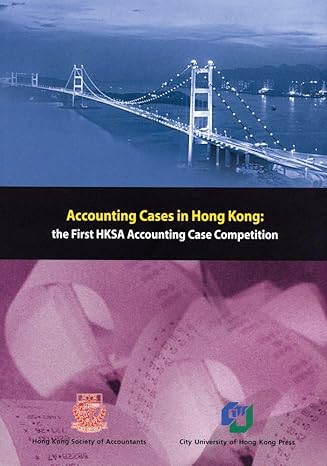Question
a) Consider an investor who has Prospect Theory preferences and exhibits probability weighting but doesnt exhibit diminishing sensitivity in gains/losses or loss aversion. He chooses
a) Consider an investor who has Prospect Theory preferences and exhibits probability weighting but doesnt exhibit diminishing sensitivity in gains/losses or loss aversion. He chooses between two assets: (i) asset pays 1 or +9 relative to the reference point, with probabilities 0.9 and 0.1 respectively, and (ii) asset pays 0 relative to the reference point, with probability 1. What is the investors preference between the two assets? What is driving his behaviour?
b) You are given the following information:
Fund managers are rarely skilled traders; specifically, the probability that a fund manager is a skilled trader is 5%.
It is common that fund managers make a profit on their trades; the probability of this is 60%.
It is very common that a fund manager who is a skilled trader makes a profit on his trades; the probability of this is 90%.
If we observe that a fund manager makes a profit on his trades, what is the probability that he is skilled? Explain your result intuitively.
c) We have discussed several models that use belief biases and heuristics to explain short-run momentum and long-run reversals. Discuss one of them in detail.
Step by Step Solution
There are 3 Steps involved in it
Step: 1

Get Instant Access to Expert-Tailored Solutions
See step-by-step solutions with expert insights and AI powered tools for academic success
Step: 2

Step: 3

Ace Your Homework with AI
Get the answers you need in no time with our AI-driven, step-by-step assistance
Get Started


